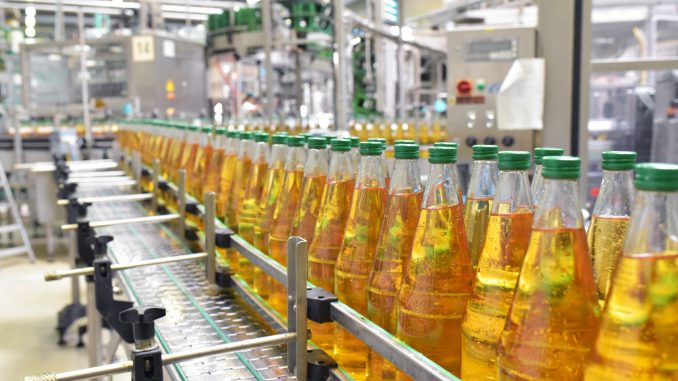
Food quality and nutrition offer plenty of commercial opportunities for the producer of food processing enzymes simply because these proteins are ubiquitous, wide-ranging in scope of operation and diverse in the type of application. For the entrepreneur looking for new value, exploiting enzymes can be a richly rewarding commercial experience if you know how to handle them. A number of up and coming businesses want to know how enzymes can be used to advantage.
It goes without saying that many different enzymes are used in the food industry. They are derived from animals, plants, fungi and of course microbes. From the bioprocessing perspective, the enzymes produced by microbes are the biggest part of the industry at all levels of scale. One of the reasons is that microbially-produced enzymes can be manufactured on a grand scale in kg quantities almost, with the high level of control of the conditions necessary to produce them.
The principal advantages of microbial enzymes in food processing
About 80 to 90% of all industrial enzymes are manufactured through fermentation using microbes. It is almost complete domination because the rest of the market share is based on a few plant and animal derived enzymes. You can ask them to be extremely selective, working on just one substrate or they can be modified to catalyse reactions using a multitudinous number of substrates and the range of substrates they can operate upon is vast.
Enzymes generally are selected and modified in such a way that they act under specific conditions for the benefit of the food manufacturer. These cover a particular pH, certain temperature conditions, different types of reactor (plug-flow or CSTR) and so on. The advantages of the microbially produced enzymes is also down to the ease with which they can be purified. At the moment, processing enzymes can be produced as a rough mixture suited to the application or in much higher purity where possible for more specific situations.
How enzymes work
Enzymes have a particular 3-D structure which allows them to have great specificity for substrate structures. They also operate at different pHs even though they may be closely related. Take the gut-based enzymes such as pepsin and trypsin whereby pepsin has a pH optimum around 2,6-2.8 which is almost at one of the extremes whereas trypsin has a pH optimum at pH 6.5. The temperature optimum for many of these enzymes is often specific – usually microbial ones operate anywhere between 20ºC and 37ºC.
Generally, these factors are the main ones that determine the speed and efficiency of both catalysis and the reactions they influence. The other influences are substrate concentration, the presence of stabilizers, the role of inhibitors or activators such as cofactors, water activity and moisture content of the system they operate in, the ionic strength which covers salt content and finally the general environment of operation which would cover whether they are free or immobilized.
Enzymes then catalyse the conversion of an extraordinary diversity of substrates usually with precise selectivity. Most are selected to perform under optimal pH and temperature conditions. They are the unsung heroes of the food processing world because as food processing aids they rarely ever get a mention.
Who benefits from enzymes in food processing?
The consumer benefits because enzymes help to produce better tasting foods with a better texture and appearance. They are also helpful in extending shelf-life and of course improving the nutritional quality of the food. The food manufactures benefits because they can make food production more effective and efficient, and there are cost savings to be made. Finally, the planet also benefits! It can mean that less raw material is needed as well as a reduction in energy use and in waste.
The sort of applications we see using enzymes operating in include baking, fruit processing, brewing, oils and fats, sugar manufacture and the manufacture of glucose syrup, and grain processing.
One of the most interesting applications which is worth commenting on is the degradation of unwanted compounds or anti-nutrients or pathogens. There are applications where enzymes have been used to improve the nutritional value of food. The following applications can either be improving safety or improving nutritional worth. When it comes to safety the following application include:
- reducing microorganism growth especially pathogens which use enzymes such as lysozyme. That is a case of reducing food spoilage.
- reducing toxins such as acrylamide and aflatoxin which means raising food safety.
- reducing allergens in milk and plant proteins which thus means reducing the number of allergen incidents.
When it comes to improving nutrition, there are two principal concerns. These are:
- nutrients that are poorly tolerated by a portion of the population mainly lactose and gluten. That implies raising food tolerance.
- reducing anti-nutrients that inhibit absorption or digestion such as the trypsin inhibitor and phytate. That implies raising the quality of nutrition through improving digestion.


Leave a Reply